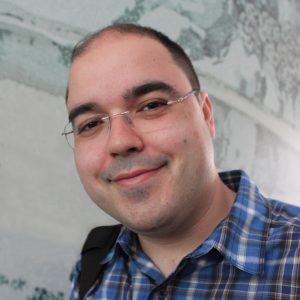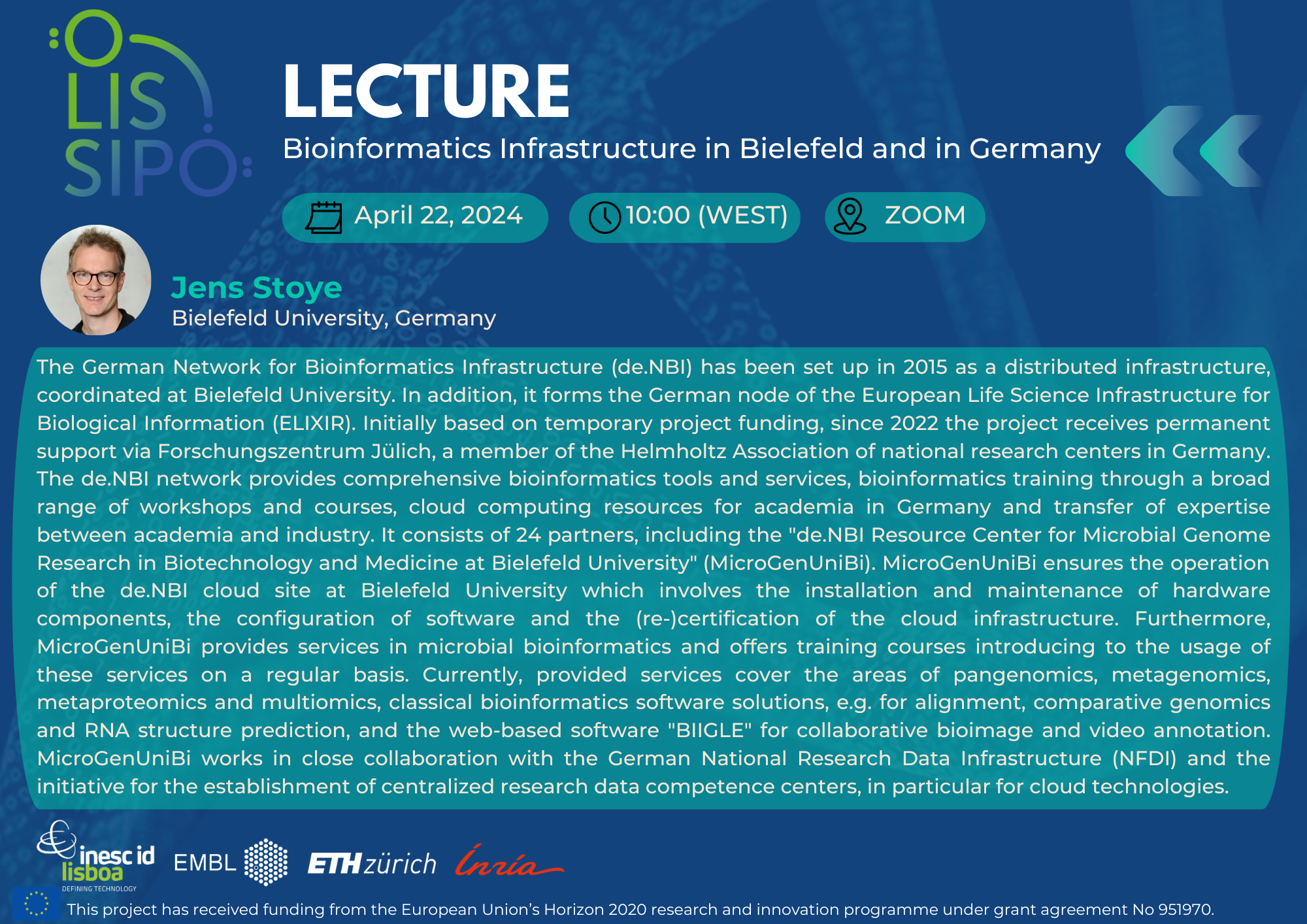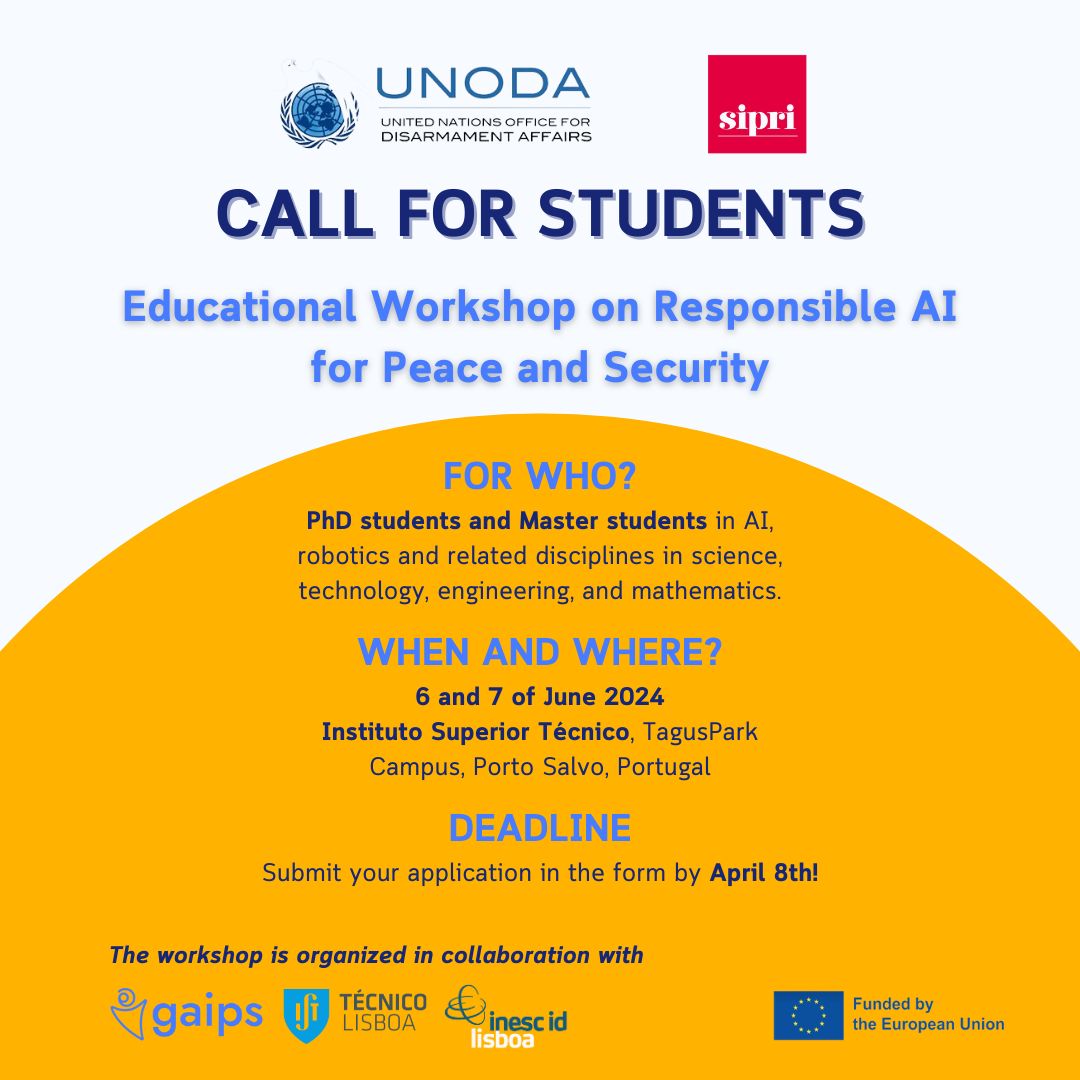Miguel Pardal
Short Personal Interview
Miguel Pardal was born in 1977, in Lisbon, Portugal. He is an INESC-ID Researcher since 2015, integrating the Scientific Area Distributed, Parallel and Secure Systems (DPSS). Miguel Pardal is also member of the Scientific Council of INESC-ID.

How did you get to INESC-ID?
INESC-ID has long been a beacon of quality research in the Técnico community, so when I adjusted my research area to cybersecurity applied to the cloud and the internet of things, it made perfect sense to join the team.
INESC-ID is…
top-quality research, through passionate hard work
Research project(s) under development (please indicate the name of the project(s)
SureThing
How would you explain in the most accessible and least technical language possible, what is the application / expected results of this (these) project (s)?
The SureThing project is developing new ways to quickly and reliably prove our presence at specific locations, both for mobile and for internet of things applications. This will make checking-in at a medical office and getting a absence justification automatic. It can also improve the experience of visiting new locations with systems that can reliably reward users for completing tours.
Tell us about your favorite project so far (or one of them)?
My favorite project so far has been SafeCloud (H2020), where we collaborated with colleagues across Europe to develop added-security solutions. The INESC-ID team contributed to the development of reinforced-security channels that can go beyond TLS (the Security in HTTPS) with route monitoring and multiple layers of encryption.
What are the biggest challenges of working in research in this area?
One of the biggest challenges of working in Cybersecurity is keeping up the new threats that appear every week. On the one hand, we have to develop new and groundbreaking security mechanisms, to improve the security of systems, in the medium and long-term. On the other hand, we have to respond to emergencies, in the short-term.
What book are you currently reading?
The Inversion Factor, by Linda Bernardi, Sanjay Sarma (my PhD co-advisor) and Ken Traub (MIT Press). It discusses how businesses can adapt to the many possibilities of the internet of things. The inversion refers to stop thinking about products and center the design in the novel user experiences made possible by the new technologies.
How would you explain to your child (or your parents or grandparents) what your job is? How do you explain what means to be a researcher in this area?
Unfortunately there are bad people doing bad things on the Internet, and we have to outsmart them and keep everyone safe, while still enjoying the advantages of digital technologies.
How do you see the mission of INESC-ID “ to produce added value to people and society, supporting the response of public policies to scientific, health, environmental, cultural, social, economic and political challenges, in the fields of Computer Science and Electrical and Computer Engineering”?
I see INESC-ID playing a very significant role in society, as we bring the future closer to the present reality, and use our technical expertise to improve the technology and provide guidelines and scientific advice to policy decisions. This role is also critical to the formation of the next generations of engineers and researchers. We need to prepare them today for the challenges the world will face tomorrow.
…
Academic Degree
Doctorate
Training / Research Area(s)
Computer Science and Engineering
INESC-ID Scientific Area
Distributed, Parallel and Secure Systems (DPSS)
miguel.pardal@tecnico.ulisboa.pt
Linkedin Profile Link
https://www.linkedin.com/in/miguelpardal/
Twitter Profile Link
Upcoming Events
Técnico Open Day 2024

Técnico Open Day 2024
On April 20, Instituto Superior Técnico will host the Técnico Open Day 2024, at the Alameda Campus. The event will consist of a science fair, guided visits, and interaction with members of the IST community.
Date & Time: April 20, 10h00-17h00
Where: Instituto Superior Técnico – Alameda Campus (Free Entry)
Summary: The 2024 edition of the Técnico Open Day will count with over 60 activities within the science fair, guided visits to the campus, including teaching and research laboratories, and contact with professors, researchers and students from IST. The event will be an opportunity to hold an interactive exhibition, displaying more than 40 research and innovation projects, and allowing all attendees to become more familiar with the School and its initiatives.
EV4EU will be part of the Open Day “Science Fair”, representing the project at the INESC-ID info stand from 10am to 5pm. Project researchers Cindy P. Guzman and Larissa Montefusco will be at the Info booth to share with visitors an overview of the project, its main goals and latest developments. Under the title “Electric Vehicles Management for Carbon Neutrality: Discover how Electrical Vehicles can contribute to the fight against climate change”, the EV4EU team will focus on explaining how can EV4EU plan solutions, and support the massification of electrical vehicles while contributing to the decrease of carbon emissions and global warming.
Full agenda of the event here
Know more about the project here
OLISSIPO Lecture: “Bioinformatics Infrastructure in Bielefeld and in Germany” by Jens Stoye (Bielefeld University)

On April 22, the OLISSIPO project will host the online lecture: “Bioinformatics Infrastructure in Bielefeld and in Germany” by Jens Stoye (Bielefeld University).
Date & Time: April 22, 10h00-11h00
Where: Online via Zoom here
Summary: “The German Network for Bioinformatics Infrastructure (de.NBI) has been set up in 2015 as a distributed infrastructure, coordinated at Bielefeld University. In addition, it forms the German node of the European Life Science Infrastructure for Biological Information (ELIXIR). Initially based on temporary project funding, since 2022 the project receives permanent support via Forschungszentrum Jülich, a member of the Helmholtz Association of national research centers in Germany. The de.NBI network provides comprehensive bioinformatics tools and services, bioinformatics training through a broad range of workshops and courses, cloud computing resources for academia in Germany and transfer of expertise between academia and industry. It consists of 24 partners, including the “de.NBI Resource Center for Microbial Genome Research in Biotechnology and Medicine at Bielefeld University” (MicroGenUniBi). MicroGenUniBi ensures the operation of the de.NBI cloud site at Bielefeld University which involves the installation and maintenance of hardware components, the configuration of software and the (re-)certification of the cloud infrastructure. Furthermore, MicroGenUniBi provides services in microbial bioinformatics and offers training courses introducing to the usage of these services on a regular basis. Currently, provided services cover the areas of pangenomics, metagenomics, metaproteomics and multiomics, classical bioinformatics software solutions, e.g. for alignment, comparative genomics and RNA structure prediction, and the web-based software “BIIGLE” for collaborative bioimage and video annotation. MicroGenUniBi works in close collaboration with the German National Research Data Infrastructure (NFDI) and the initiative for the establishment of centralized research data competence centers, in particular for cloud technologies.”
Short Bio: Jens Stoye received his PhD degree (1997) in Bioinformatics from Bielefeld University, Germany. After postdoctoral positions at the University of California at Davis (1997-1998) and the German Cancer Research Center in Heidelberg (1998-2001), he became head of the Algorithmic Bioinformatics group at the Max Planck Institute for Molecular Genetics in Berlin (2001-2002). Stoye has been a full professor for Genome Informatics back at Bielefeld University since 2002. His research interests are in algorithms for bioinformatics, genome-scale sequence analysis, metagenomics and comparative genomics. In 2017, he also became a member of the board of directors of the Center for Interdisciplinary Studies (ZiF), Bielefeld University’s Institute for Advanced Study. Since 2023 he has been ZiF’s Executive Director.
Educational Workshop on Responsible AI for Peace and Security (UNODA)

On June 6 and 7, The United Nations Office for Disarmament Affairs (UNODA) and the Stockholm International Peace Research Institute (SIPRI) are offering a selected group of technical students the opportunity to join a 2-day educational workshop on Responsible AI for peace and security.
The third workshop in the series will be held in Porto Salvo, Portugal, in collaboration with GAIPS, INESC-ID, and Instituto Superior Técnico. The workshop is open to students affiliated with universities in Europe, Central and South America, the Middle East and Africa, Oceania, and Asia.
Date & Time: June 6 a 7
Where: IST – Tagus Park, Porto Salvo
Registration deadline: April 8
Summary: “As with the impacts of Artificial intelligence (AI) on people’s day-to-day lives, the impacts for international peace and security include wide-ranging and significant opportunities and challenges. AI can help achieve the UN Sustainable Development Goals, but its dual-use nature means that peaceful applications can also be misused for harmful purposes such as political disinformation, cyberattacks, terrorism, or military operations. Meanwhile, those researching and developing AI in the civilian sector remain too often unaware of the risks that the misuse of civilian AI technology may pose to international peace and security and unsure about the role they can play in addressing them. Against this background, UNODA and SIPRI launched, in 2023, a three-year educational initiative on Promoting Responsible Innovation in AI for Peace and Security. The initiative, which is supported by the Council of the European Union, aims to support greater engagement of the civilian AI community in mitigating the unintended consequences of civilian AI research and innovation for peace and security. As part of that initiative, SIPRI and UNODA are organising a series of capacity building workshops for STEM students (at PhD and Master levels). These workshops aim to provide the opportunity for up-and-coming AI practitioners to work together and with experts to learn about a) how peaceful AI research and innovation may generate risks for international peace and security; b) how they could help prevent or mitigate those risks through responsible research and innovation; c) how they could support the promotion of responsible AI for peace and security.”
